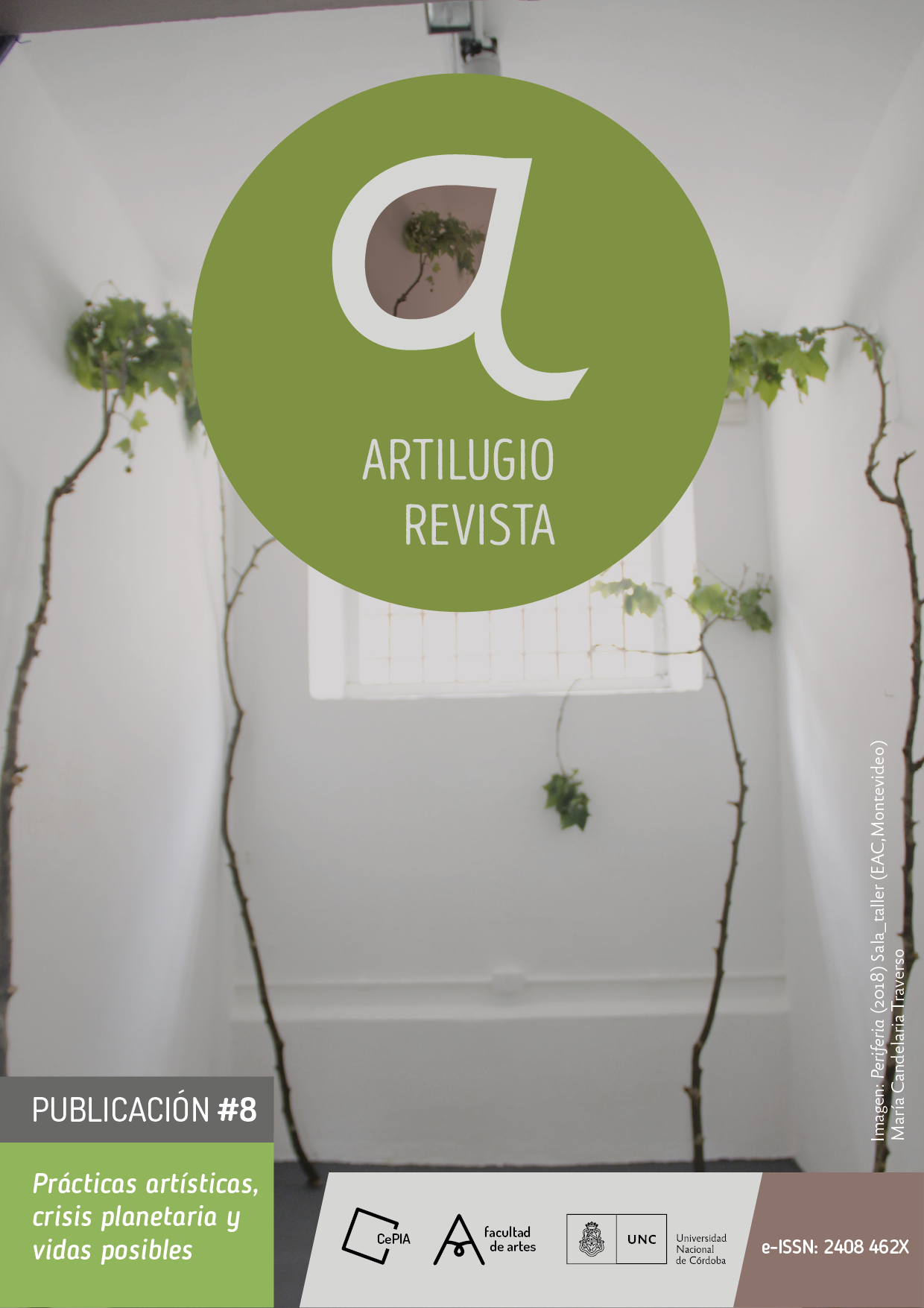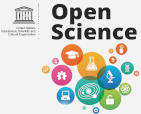2029: una pieza sonora de sonic fiction en el contexto postpandemia en Lima, Perú
DOI:
https://doi.org/10.55443/artilugio.n8.2022.38504Palabras clave:
Sonic Fiction, Ciencia ficción, Futuro, Arte sonoroResumen
Después de dos años de pandemia, nuestra relación con el entorno y la tecnología ha cambiado. Las rutinas han variado y, por lo tanto, nuestra percepción e imaginarios también. Cómo nos imaginamos la nueva normalidad y el futuro que nos depara se modifica. El proyecto sonoro se denomina 2029 y consiste en plantear una ficción a partir de sonidos cotidianos del entorno, desde mi subjetividad y percepción, y manipularlos para crear una narrativa de una posibilidad de futuro. Se trata de un proyecto sonoro de ciencia ficción que busca hacer reflexionar sobre el contexto actual en el país y la sensación incómoda de incertidumbre por la que estamos pasando.
Descargas
Referencias
Eshun, K. (2018). More Brilliant Than The Sun: Adventures In Sonic Fiction. London: Verso.
Hancock, H. (1973). Hornets [canción]. En Live at the Boston Jazz Workshop 22nd March 1973. Nueva York: Columbia Records, Sonic Music Entertrainment.
Kunreuther, L. (2018). Sounds of democracy: Performance, protest, and political subjectivity. Cultural Anthropology, 33(1), pp. 1-31. https://doi.org/10.14506/ca33.1.01
Oliveros, P. (1974). Sonic Meditations. Baltimore: Smith Publications.
Rocha, M. (2009). Estructura y percepción psicoacústica del paisaje sonoro electroacústico. Perspectiva Interdisciplinaria de Música, 03-04. Recuperado el 05/07/2022 de http://www.revistas.unam.mx/index.php/pim/article/view/23847/
Ruedas, C. (2021, 21 de abril). Entrevista a Rodrigo Bastidas. Narrativas desde la periferia: esta es la ciencia ficción que se escribe en Latinoamérica. Semana S. A. Recuperado el 05/07/2022 de https://www.semana.com/cultura/articulo/narrativas-desde-la-periferia-esta-es-la-ciencia-ficcion-que-se-escribe-en-latinoamerica/202133/.
Schaeffer, P. (2003). Captar los sonidos: la acusmática. Tratado de los objetos musicales. Madrid: Alianza Editorial.
Schulze, H. (2021). Sonic fiction as sonic thinking: towards a sonic vernacular [ponencia]. Unthinking Unlearning: online laboratory. Universität der Künste Berlin y HSE Art and Design School, Moscow. Berlin, Germany. Recuperado el 05/07/2022 de https://youtu.be/S5kLaHo_5wI.
Voegelin S. (2019). The political possibility of sound [ponencia]. Unthinking Unlearning: online laboratory. Universität der Künste Berlin y HSE Art and Design School, Moscow. London, UK. Recuperado el 05/07/2022 de https://youtu.be/fo2UM-AxN2I.
Publicado
Número
Sección
Licencia

Esta obra está bajo una licencia internacional Creative Commons Atribución-NoComercial-CompartirIgual 4.0.





































